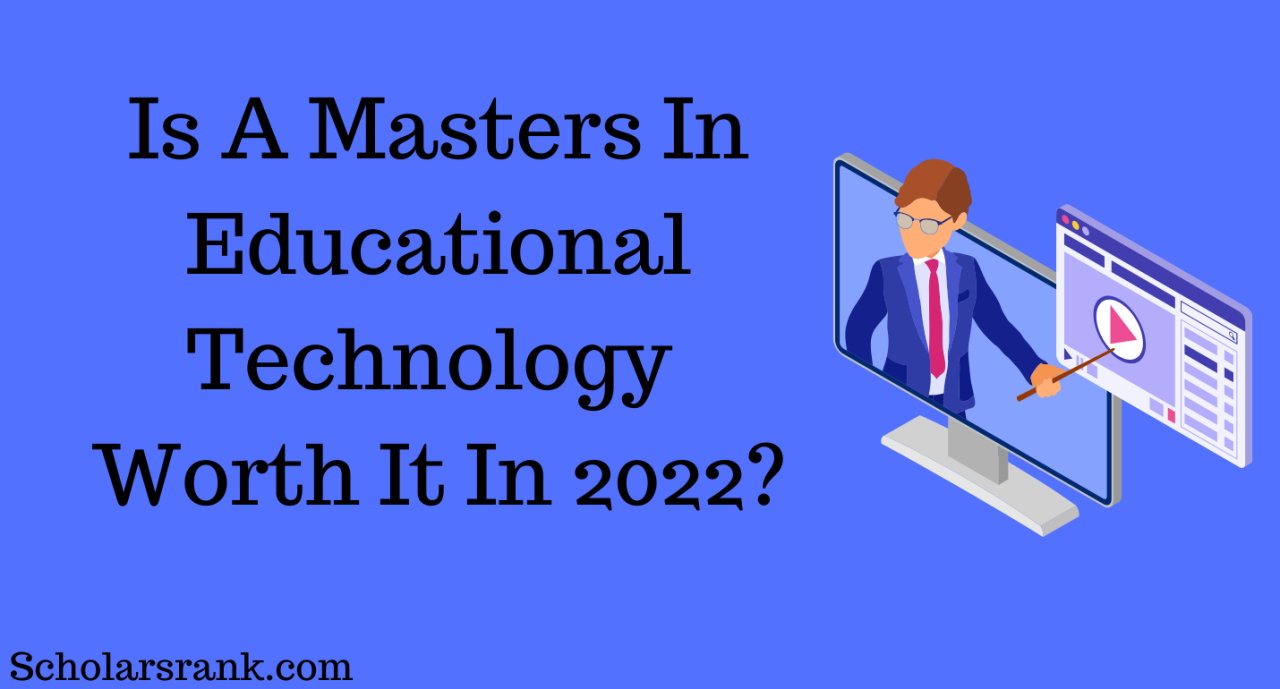Technology for Physical Education: Engaging Students and Enhancing Learning
Technology for physical education has revolutionized the way we approach fitness, movement, and learning. By integrating technology into physical education classes, educators can create more engaging and interactive learning experiences […]

Technology for physical education has revolutionized the way we approach fitness, movement, and learning. By integrating technology into physical education classes, educators can create more engaging and interactive learning experiences that cater to diverse learning styles and needs. This approach not only enhances student motivation and engagement but also provides opportunities for personalized instruction and assessment.
The integration of technology in physical education has opened doors to a wide range of possibilities, from interactive simulations and virtual reality experiences to wearable technology for performance tracking and real-time feedback. This transformative approach empowers students to take ownership of their learning, develop their physical skills, and cultivate healthy habits that extend beyond the classroom.
Technology Integration in Physical Education: Technology For Physical Education
Technology integration in physical education has revolutionized the way students learn and engage with physical activity. By incorporating technology into physical education classes, educators can create more engaging, personalized, and effective learning experiences for students.
Benefits of Technology Integration in Physical Education
Technology can enhance physical education in various ways, promoting student engagement, motivation, and overall learning.
- Increased Student Engagement: Technology can make physical education more engaging by providing interactive activities, simulations, and games. For example, using fitness trackers or apps can encourage students to track their progress and compete with themselves or others, making physical activity more fun and motivating.
- Improved Motivation: Technology can help students stay motivated by providing them with immediate feedback, personalized learning experiences, and opportunities for self-reflection. For instance, using video analysis tools allows students to see their form and identify areas for improvement, fostering a sense of accomplishment and motivation to practice.
- Enhanced Learning Outcomes: Technology can enhance learning outcomes by providing students with access to a wider range of resources, such as instructional videos, simulations, and virtual reality experiences. For example, using virtual reality technology allows students to experience different sports or activities in a safe and controlled environment, promoting learning and skill development.
- Greater Accessibility: Technology can make physical education more accessible to students with disabilities by providing adaptive equipment and alternative activities. For example, using adaptive fitness trackers or apps allows students with mobility limitations to track their progress and participate in physical activity.
Enhancing Student Engagement and Motivation
Technology can play a crucial role in enhancing student engagement and motivation in physical education.
- Interactive Games and Simulations: Interactive games and simulations can make learning more engaging and fun. For example, using fitness games like Dance Dance Revolution or Wii Fit can motivate students to participate in physical activity while learning about different exercises and movements.
- Personalized Learning Experiences: Technology allows educators to personalize learning experiences by providing students with customized feedback, instruction, and activities. For example, using fitness trackers or apps can provide students with individualized training plans based on their fitness level and goals.
- Gamification and Challenges: Gamification and challenges can increase student motivation and engagement by providing a sense of competition and accomplishment. For example, using fitness apps that allow students to compete with friends or classmates can encourage them to stay active and reach their goals.
Personalizing Physical Education Experiences
Technology can be used to personalize physical education experiences, catering to individual needs and learning styles.
- Adaptive Equipment: Technology can provide adaptive equipment for students with disabilities, allowing them to participate in physical activities that might otherwise be inaccessible. For example, using adaptive bikes or wheelchairs allows students with mobility limitations to engage in cycling or other physical activities.
- Personalized Training Plans: Technology can be used to create personalized training plans based on individual fitness levels, goals, and preferences. For example, using fitness trackers or apps can provide students with customized workout routines and nutritional guidance.
- Differentiated Instruction: Technology can support differentiated instruction by providing students with different levels of support and challenge. For example, using video analysis tools allows students to review their form and identify areas for improvement at their own pace.
Assessing Student Progress in Physical Education
Technology can be used to assess student progress in physical education in various ways.
- Fitness Trackers: Fitness trackers can be used to monitor student progress in terms of physical activity levels, heart rate, and sleep patterns. This data can provide valuable insights into student performance and help educators identify areas for improvement.
- Video Analysis: Video analysis tools allow educators to record and review student performance, providing feedback on technique, form, and overall progress. This can be particularly helpful in sports and other activities that require specific movements and skills.
- Online Assessments: Online assessments can be used to assess student knowledge and understanding of physical education concepts. This can be a more efficient and engaging way to assess student learning than traditional paper-based assessments.
Technology for Health and Fitness

Technology has revolutionized the way we approach health and fitness, offering a plethora of tools and resources to promote healthy lifestyles and support fitness goals. In physical education, technology can be effectively integrated to enhance student engagement, personalize learning experiences, and empower them to make informed decisions about their well-being.
Tracking Student Physical Activity Levels
Technology plays a crucial role in monitoring and analyzing student physical activity levels. Wearable fitness trackers, such as smartwatches and fitness bands, provide real-time data on steps taken, distance covered, heart rate, and calories burned. This data can be used to track progress, identify areas for improvement, and motivate students to increase their physical activity.
Personalized Recommendations
By leveraging data collected from wearable devices and other sources, technology can provide personalized recommendations tailored to individual student needs. For example, fitness apps can analyze activity patterns and suggest exercises, workout routines, and nutrition plans based on individual goals and preferences. This personalized approach fosters a sense of ownership and accountability, enhancing student motivation and adherence to fitness goals.
Examples of Mobile Apps and Online Resources
Numerous mobile apps and online resources cater to various aspects of health and fitness, providing students with access to a wealth of information and support.
- Fitness Tracking Apps: Apps like MyFitnessPal, Fitbit, and Google Fit allow users to track their physical activity, calories, and sleep patterns. These apps provide personalized insights, set goals, and offer social features to encourage motivation and accountability.
- Workout Apps: Apps such as Nike Training Club, Peloton, and FitBit Premium offer a wide range of guided workouts, from yoga and meditation to strength training and high-intensity interval training (HIIT). These apps provide structured workouts, demonstrate proper form, and cater to different fitness levels.
- Nutrition Apps: Apps like Lose It! and Cronometer help users track their food intake, monitor macronutrient ratios, and provide personalized meal plans. These apps can help students make informed choices about their diet and understand the nutritional value of different foods.
- Online Resources: Websites like the National Institutes of Health (NIH) and the Centers for Disease Control and Prevention (CDC) offer comprehensive information on health and fitness, including nutrition guidelines, exercise recommendations, and tips for managing chronic conditions.
Educating Students About Nutrition and Healthy Eating Habits, Technology for physical education
Technology can play a significant role in educating students about nutrition and healthy eating habits. Interactive websites, online games, and mobile apps can provide engaging and informative content on topics such as food groups, macronutrients, portion control, and healthy meal planning. These resources can help students develop a better understanding of nutrition, make informed food choices, and adopt healthier eating habits.
Closing Summary
The use of technology in physical education is not just about incorporating gadgets and software; it’s about creating a dynamic and engaging learning environment that fosters a love of movement and healthy living. By embracing technology, educators can equip students with the knowledge, skills, and tools they need to thrive in an increasingly digital world, making physical education a truly enriching and empowering experience.
Technology plays a crucial role in enhancing physical education, from interactive fitness trackers to virtual reality simulations. While these innovations are revolutionizing the way we approach fitness, the technology behind vertical transportation is equally important, as seen in the work of elevator technology inc , a company dedicated to providing safe and efficient vertical mobility solutions.
These advancements in elevator technology ensure that people of all abilities can access spaces and participate in physical activities, further contributing to a more inclusive and accessible fitness environment.










